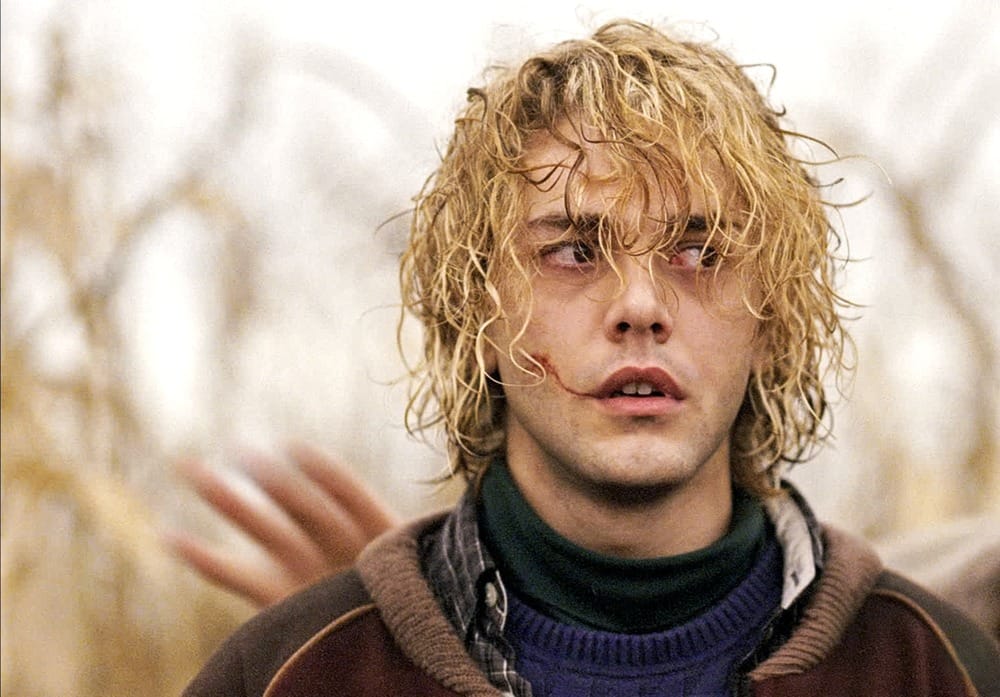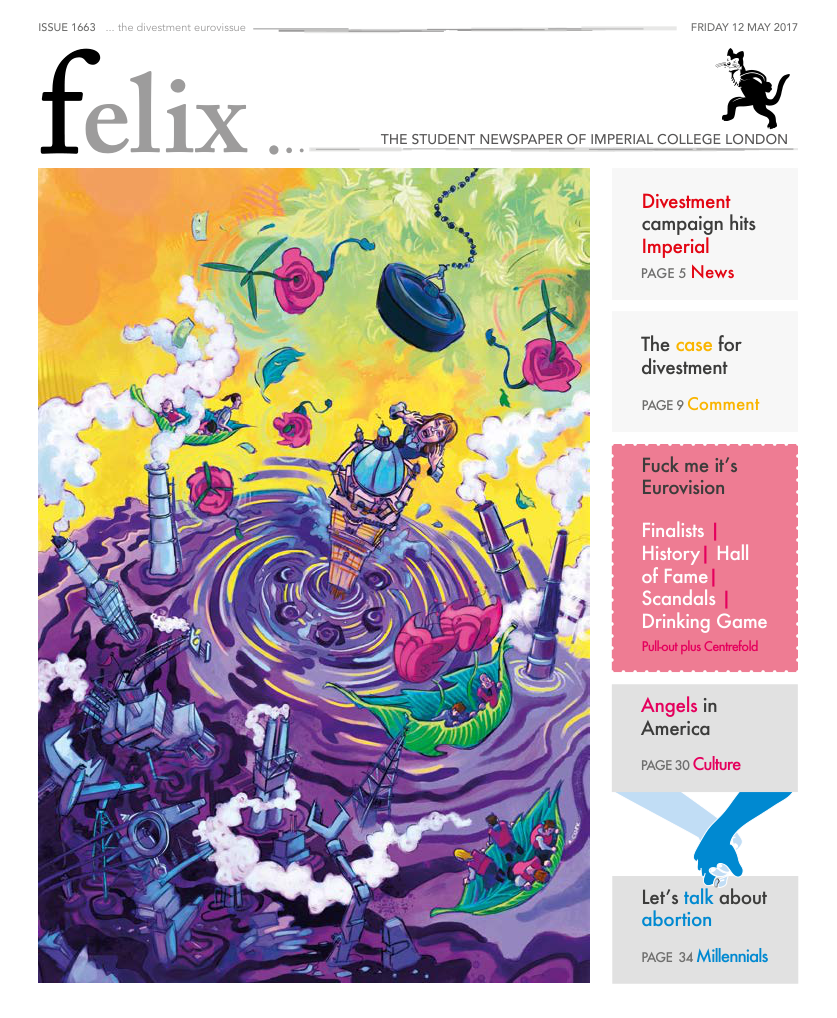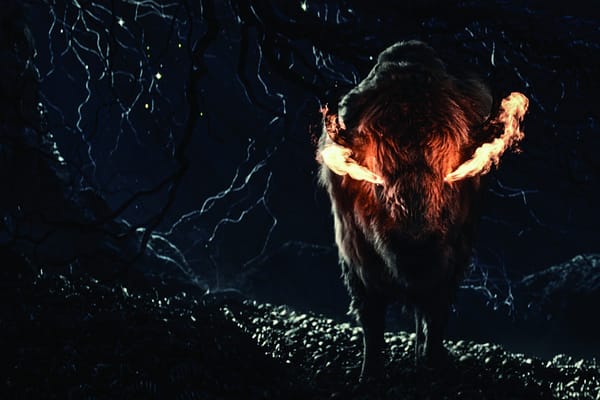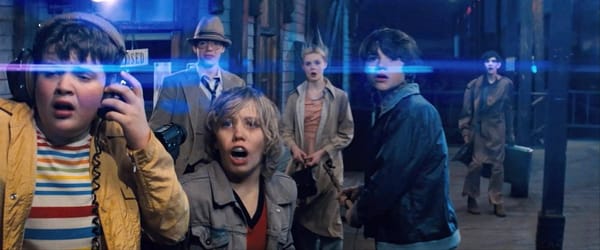Xavier Dolan | In praise of popular art
Xavier Dolan, the critically-acclaimed enfant terrible of French-Canadian cinema, is set to release his sixth feature film later this year, but isn’t even in his thirties. Léo Diaz lifts the lid on his oeuvre, and finds out what makes his films tick

Xavier Dolan is not your average director. What first sets him apart is that he is extremely young: 28 at the time of writing, he’s already released six full-length features. He directed his first, I Killed My Mother, when he was just 20, and his 2014 Mommy received the Jury Prize at Cannes, along with legendary director Jean-Luc Godard’s Goodbye to Language. However, while his youth and remarkable maturity must play a role, I believe they cannot account for the profoundly polarising reactions his films elicit: when watching a Dolan movie, people either cry, or resent that Dolan tells them to cry.
This is just me exaggerating since at least two of his movies – I Killed My Mother and Tom at the Farm – do not truly feature overly tear-jerking sequences like Mommy does, for instance, but the idea remains. Dolan obviously wants people to feel something when they watch his movies, but the very meaning of tear-jerking hints at why some people instinctively hate this: sentimentality. I’ve noticed that critiques thrown at his movies often use the same words – artificial, gratuitous, easy; all in negative terms – and I believe this is because of sentimentality. I will come back to that later, but given a seventh feature scheduled for release later this year, (The Life and Death of John F. Donovan) I wanted to understand what his films – despite at the surface being about very different topics – have in common; what justifies the repeated use of the same adjectives in critiques. Essentially, I wish to ask the question: what makes a Dolan movie? The most obvious theme that runs through all six features, at least partly, is the way a son is seen by a mother, whether the mother is his own – most notably in I Killed my Mother and Mommy, depicted through everyday relationships – or of a friend’s (all the others). Funnily enough, the recurrent figure of the mother is played by the same actresses: Anne Dorval in three movies, and Nathalie Baye in two others. What other themes? Homosexuality, obviously: it’s explicitly present his first two movies, I Killed My Mother and Heartbeats, and in Tom at the Farm where he himself plays one of the main characters; but it’s also a thin backdrop in It’s Only the End of the World, although it is not explicit in the Jean-Luc Lagarce text from which the movie is adapted. However, I do not believe these themes explain why his movies are polarising.

Instead, what I think is responsible for such reactions is another feature his movies have in common: they are meant to touch people, to change them, make them feel emotions. No surprise from a director whose favourite movie is Titanic. He even says it explicitly: “Au cinéma, j’ai besoin d’être ému” (“In cinema, I need to be moved”). But, more importantly, I believe this goes back to his young age and early acclaim: within his personality and his movies there is an urgency to touch, to say what he has to say and make people remember him, in a constant race against the clock. This urgency means emotions are not expressed in the subtlest of ways, and I think that is where the accusations of sentimentality originate. But where does this sentimentality come from? The first part of the answer is that he conveys emotions through stories. As such, the stories he tells must be general – or to use another, blurrier, word: popular – enough for everyone to identify with, or at least be immersed; that is why his movies are dramas, even spilling over into melodrama. Mommy is the perfect example, depicting the tumultuous relation between Steve and his mother, one that we know doomed since the very first shots of the movie: indeed, what is more popular than (family) relations?
This leads to the second part: emotions are achieved through characters. In a similar manner to the stories before, Dolan’s characters are people you might see onthe street, who you might talk to everyday. For instance, it is Dolan in I Killed My Mother, playing a teen looking for himself; or it is Dolan in Heartbeats, chasing his crush; and it is also Dolan in Tom at the Farm, who recently lost his lover. I think the trouble with his movies begins here: Dolan wants us to identify with his characters so much that they become archetypes, emptied of personality so that we can fill in the void with our own emotions. The way Dolan builds his characters is symptomatic of this: he collects pictures of clothes, atmospheres, haircuts, and together they define a character’s personality. It is at this point that people start to call his work easy, cliché…
The third part is that emotions are achieved through music. My absolute favourite feature of his films, music is the main reason I am fascinated by his work. Like in many other movies, music choice is used to signify emotions, but Dolan pushes this to an extreme: he is known to have written some scripts literally from music that has inspired him. More than any other director I know, the tunes literally tell you how to feel; everything is focused on the music, which is sometimes extremely loud compared to the rest of the soundtrack. An obvious example of this is the dream sequence featured in Mommy – as soon as it starts, the tone is set by violins: we need to be sad, right now. But what I love most is that he has the most amazing music choices, which have been described as “shameless”: O-Zone’s Dragostea Din Tei, Oasis’ Wonderwall, Eiffel 65’s Blue (Da Ba Dee), along with lesser-known acts such as The Knife or Moderat. If, when reading one of these titles, you thought they were cliché or had been heard a million times, you are perfectly right; but when you watch it, they sound great, building insane climaxes, and makes the scene memorable in the best way.
This result is in part made possible by the final element of Dolan’s technique: emotions are achieved through the use of specific effects serving aesthetic choices. And this gets to the core of what annoys many people: Dolan use of technique to get results can hardly be described as subtle. He uses these techniques many times in his work, and even within the same movie, to the point they become gimmicks through repetition; he even pushes that use further by layering them on top of one another: too much is never enough.
His most divisive choice – but also the most beautiful I think – is in Mommy. At one point in the movie, the characters suddenly feel a fresh air of hope, contrasting from the heavy atmosphere they (and we) felt before. To signify this, Dolan slowly opens the screen ratio from the oppressing 1:1 we had since the beginning to a wider 1.85:1, bringing some welcome relief. But that is not all: the widening is signified within the movie by Steve, the protagonist, opening wide his arms in front of the camera as a sign of freedom, the ratio of the movie following Steve’s hands as they move (or, rather, Steve effectively opening the ratio with his hands). On top of that, all this happens in slow-motion with Wonderwall playing. As I said, too much is never enough.
In the end, I think these four elements (and combinations thereof) are what makes a Dolan movie. The popular quality of these stories and characters, together with music associated with specific effects create climaxes and memorable scenes. But can’t we describe pretty much any movie with this? Probably, but it is the way Dolan uses them that makes his movies stand out: he magnifies and exaggerates them, and it is this accumulation of effects, and his gimmicky use of them, that is truly the essence of his movies. His favourite combination of effects is slow motion and music, with sometimes the picture being blurred: this combination is literally always present in his movies. I think it is this accumulation people do not like: too cliché, too easy, too gratuitous. In fact, too constructed and yet, too simple to be real. Artificial emotions.
Is that really what it is? While I felt this way the first time I watched one of his movies, Mommy, I slowly came to realise it is in fact the opposite. Dolan is young and has many things to say, so much that he must say them before it is too late. And this accumulation of effects is, I think, the way he chooses to do this: he saturates the picture with effects in order to saturate it with emotions; with his repetitive use of slow motion, he literally slows down the time; there is always this urgency to say the most in the least amount of time, to move us, to make us remember. To do so, he uses popular themes to touch as many people as possible, to make us as close as possible to what is happening on the screen. He says it himself: all his characters “have the same identity problems. They’re looking for themselves, for a place in society. They’re misfits trying to fit in. They often love someone who doesn’t love them back.” Some people think Dolan is trying too hard at this, with everything so thoroughly constructed to move us that the result is we do not wish to be moved anymore. But what if we chose to let him move us? And to me, this is what popular art is about: to reference Dolan’s favourite movie, Titanic, what would it be without Céline Dion’s (in)famous song ‘My Heart Will Go On’? Would it have the same fame? Probably not, and I this is what makes it beautiful. This is what Dolan is trying to achieve with his extremely popular art, and I think he succeeds. The truth is, Xavier Dolan’s movies are to cinema what pop is to music. And that is amazing.










